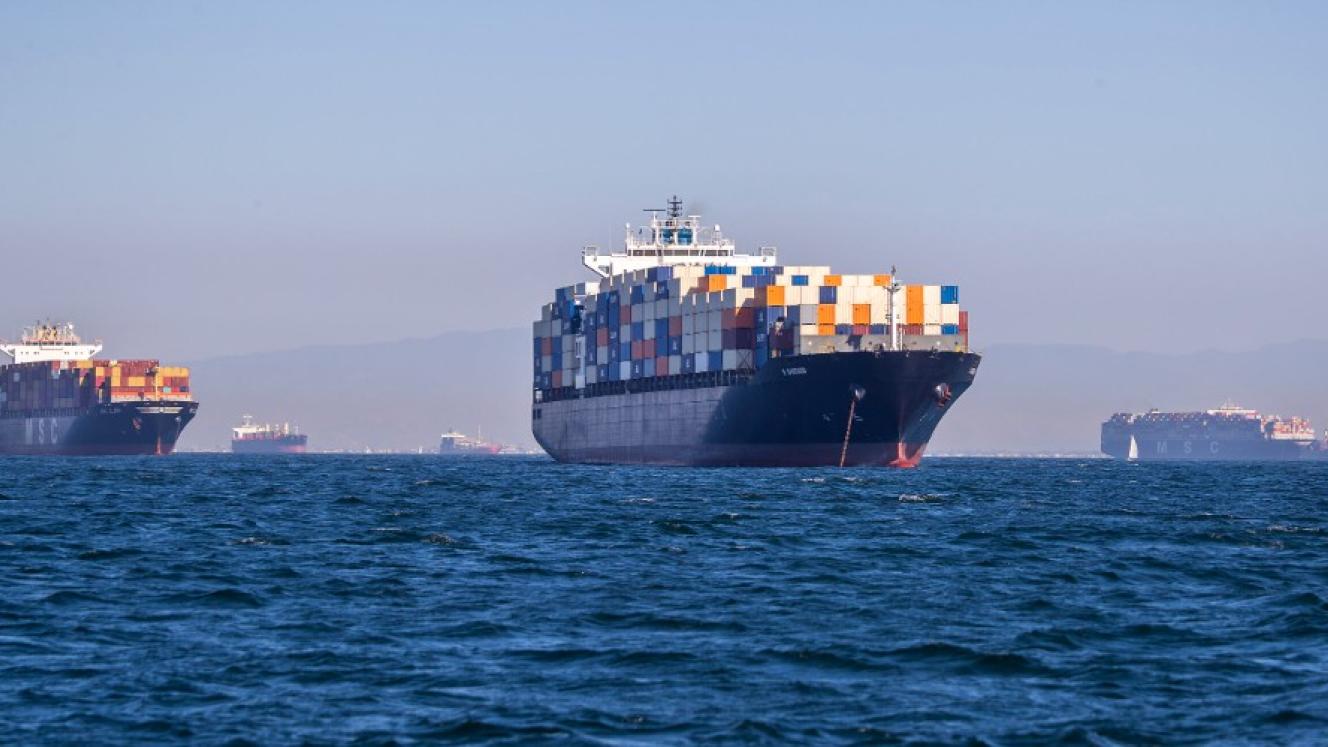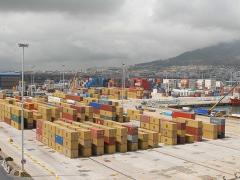At least two million twenty-foot containers have been affected by the ongoing Red Sea situation since Yemen’s Houthi militia disrupted EU-Asia trade through the Suez Canal by hijacking the Galaxy Leader in a brazen, orchestrated attack in November 2023.
Although Yemen’s exiled government in Aden has managed to thwart the Sanaa-based rebels by severing military supply lines, ocean rates related to Red Sea risk will most likely remain unchanged for the foreseeable future, Peter Sand of Xeneta has said.
When and if the situation south of the Suez normalises, it would take some time for liner capacity to be rebalanced in the market, the maritime intelligence platform’s chief analyst told Freight News.
“The big question that nobody is really capable of answering with precision is when that will happen,” he said.
Speaking ahead of the US-brokered Ukraine-Russia peace talks in Washington, and their impact on expanded freight and trade stabilisation across the wider region, Sand said Xeneta was not seeing any difference for the second half of 2025 (H2).
“For the rest of the year, the issue of rerouting around the Cape of Good Hope (CoGH) continues.”
Sand said last week geopolitical volatility also pointed to Suez avoidance and related freight rate fluctuations continuing through H2 into 2026.
“When we will most likely see a change in the current state of affairs is anyone’s guess.”
Should stability return to the wider region, possibly including a negotiated peace in Gaza and resulting cessation of Houthi attacks in the Red Sea, it’s going to take some time for the liner trade to recalibrate the capacity extensions necessitated by CoGH rerouting, Sand says.
What does recalibration entail?
Most likely rate pressure on the liner trade, he says.
It will take some doing for fleet expansions and scheduling adjustments necessitated by longer east-west sailings to be reabsorbed into trade-lane normalisation, he adds.
“Layoffs, slow-steaming and scrapping are not going to help. For shippers, I think it’s going to mean a welcome opportunity to negotiate stronger transit times, improved reliability and more new freighters on more trade lanes, something that has been missing for some time because of the Red Sea crisis.”
For the time being, though, disruption south of the Suez “continues to be one thing that brings profits to the carriers”, Sand says.
Once risk is reduced off the coast of Yemen and volume starts returning to the Red Sea, it’s going to place considerable pressure on the liner trade to strike a balance between reabsorbing rerouting capacity and steadying rates, currently consistently trending down.













